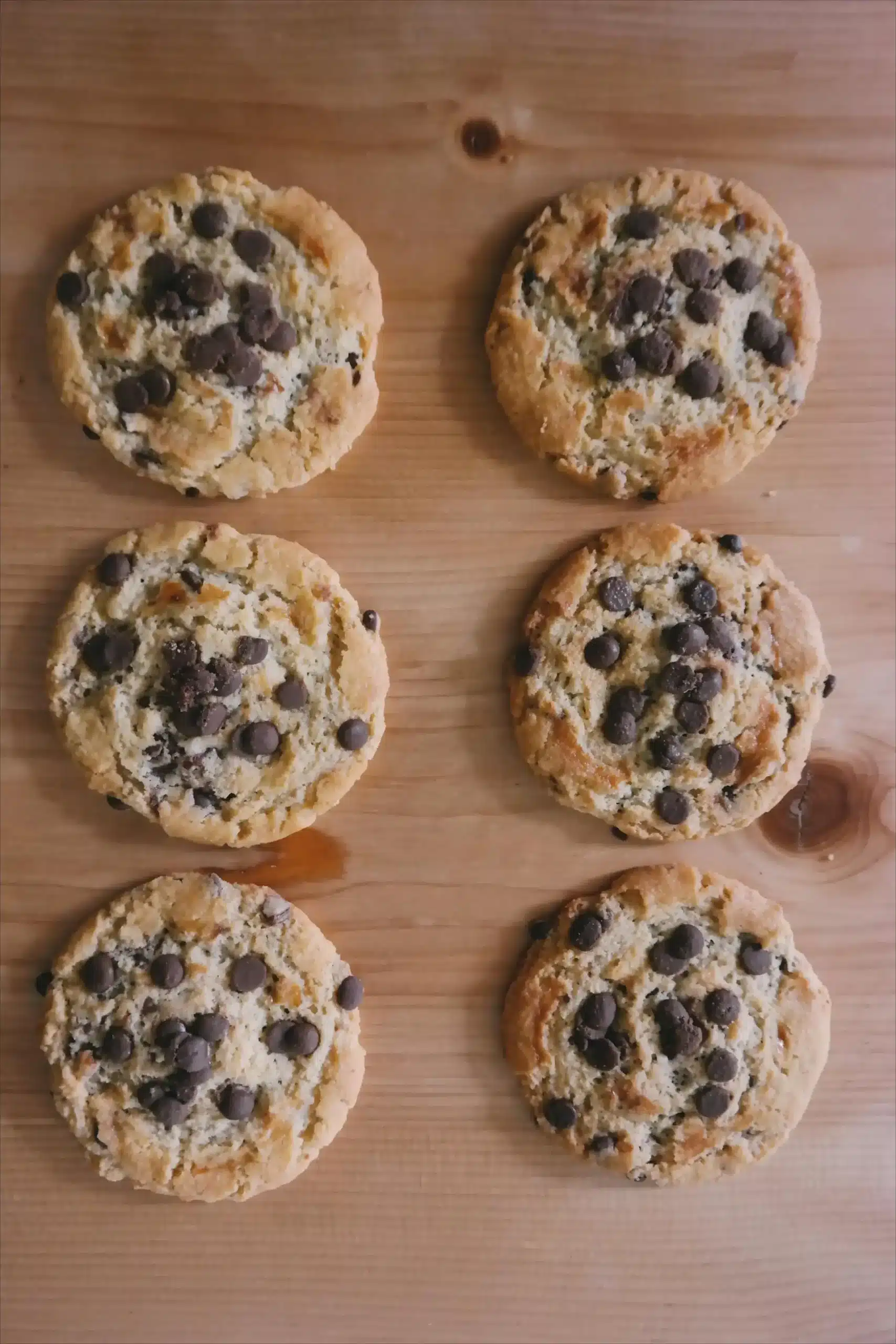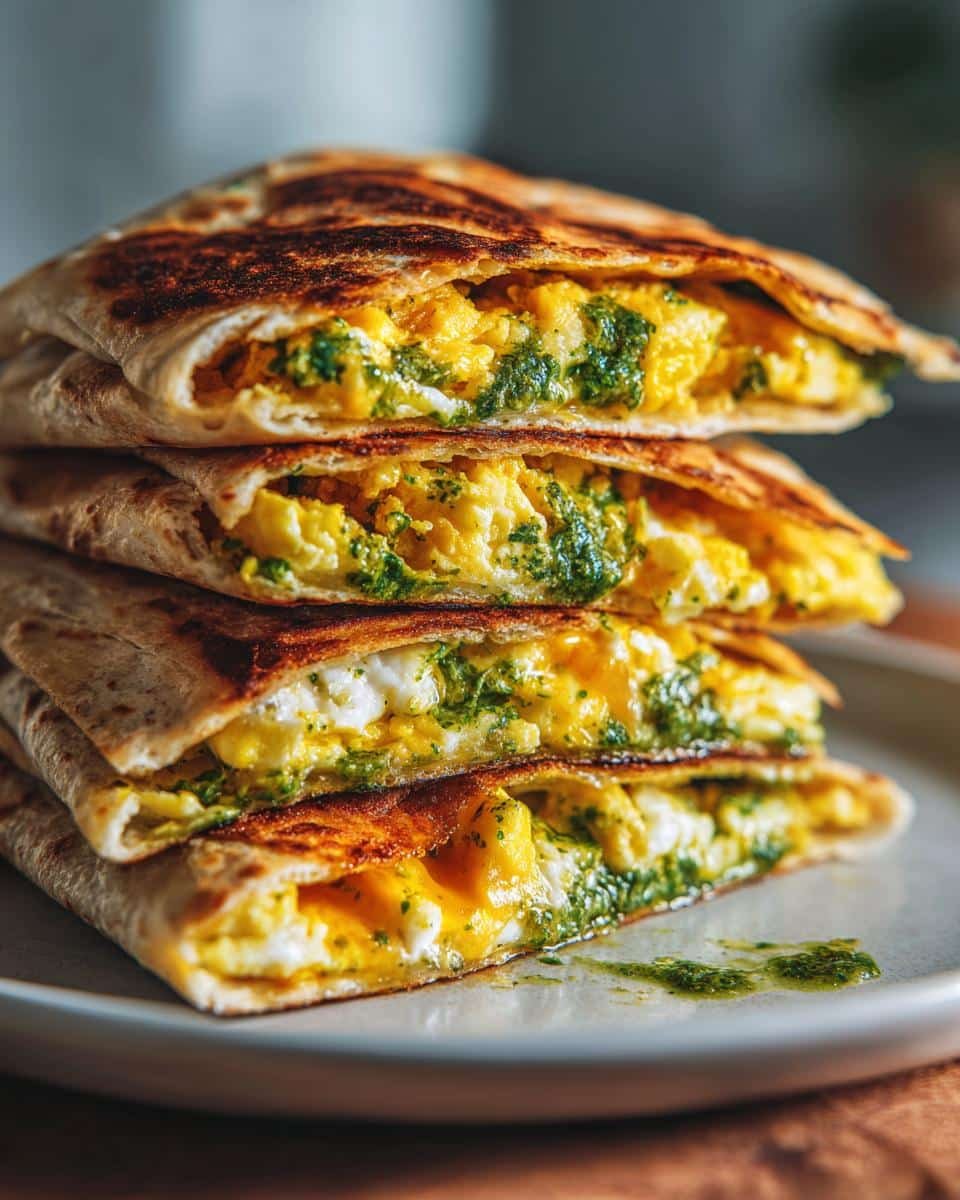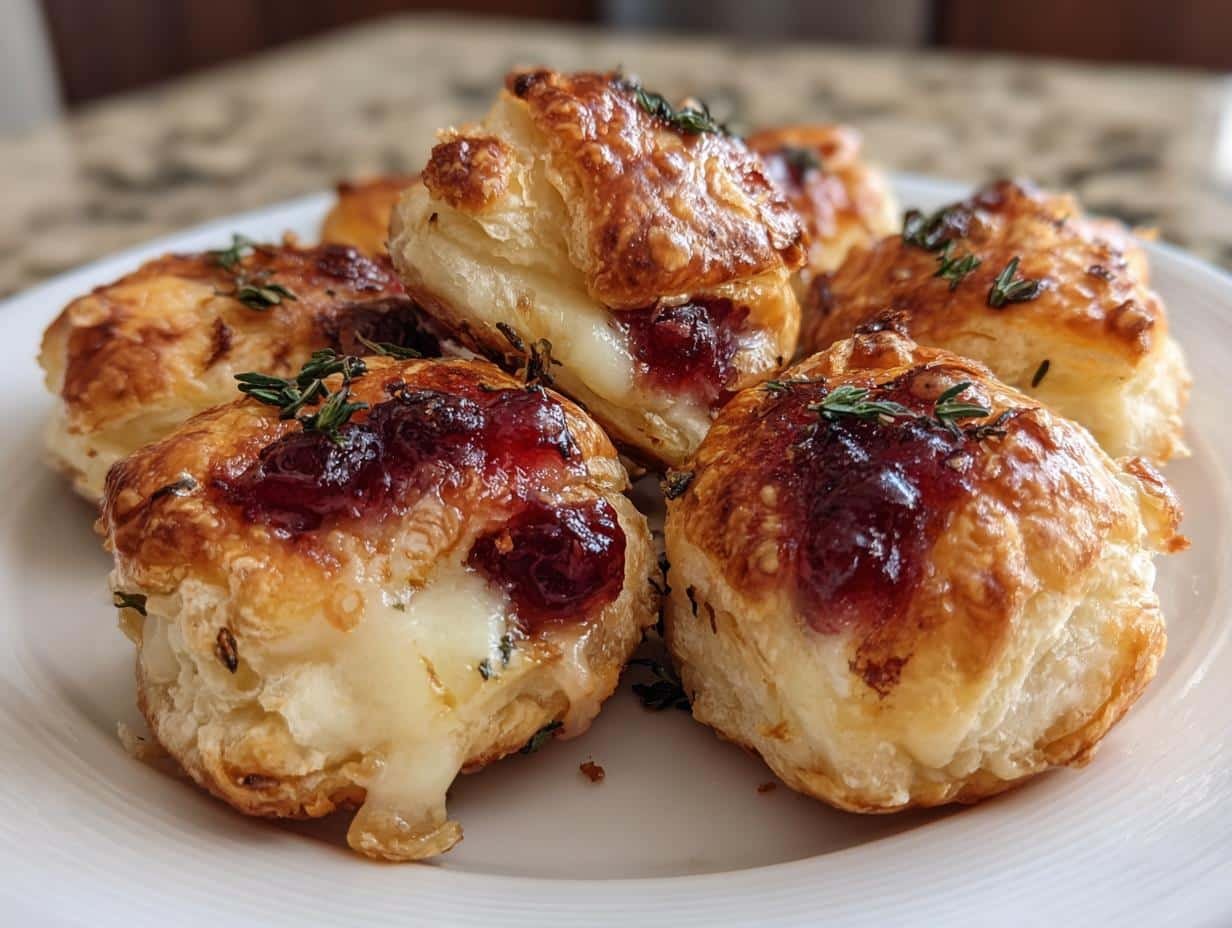Introduction to Small Batch Baking
Embark on a delightful journey into the world of small batch chocolate chip cookies, where each bite is a testament to the art of baking. This guide is your gateway to mastering these homemade treats, ensuring they’re perfect every time. Whether you’re a seasoned baker or just starting out, you’ll discover the joy of creating these delicious, personalized cookies, all while keeping the process simple and enjoyable.
The Charm of Small Batch Chocolate Chip Cookies
The charm of small batch chocolate chip cookies lies in their ability to deliver the quintessential home-baked experience, embodying the warmth, comfort, and personalized touch that often eludes mass-produced alternatives. This allure is not just about the quantity but the quality and intimacy of the baking process, making each bite a testament to the care and attention poured into the dough. Here’s why small batch chocolate chip cookies hold a special place in the hearts of cookie lovers everywhere.
Personalized Perfection
Small batch baking allows for a level of customization that is hard to achieve on a larger scale. Whether it’s adjusting the amount of chocolate chips, experimenting with different types of sugar, or adding unique ingredients like sea salt or nuts, small batches mean you can tailor each batch to suit your taste preferences or those of your loved ones.
The Freshness Factor
There’s nothing quite like the aroma of freshly baked cookies filling the kitchen. Small batches ensure that you’re always eating them at their peak of flavor and texture. This freshness can’t be replicated in cookies that have been sitting on a store shelf for days.
Quality Ingredients
Small batch baking encourages the use of high-quality ingredients. When you’re only making a dozen cookies, you can afford to splurge on the good stuff—be it artisanal chocolate, organic flour, or premium vanilla extract. The difference in taste is palpable, elevating the humble chocolate chip cookie into a gourmet treat.
Mindful Baking
Baking in small batches fosters a more mindful approach to cooking. It’s less about churning out large quantities and more about enjoying the process—measuring the ingredients, mixing the dough, and watching the cookies bake to golden perfection. This mindfulness adds an intangible quality to the cookies that you can truly taste.
Environmental Consideration
Small batch baking is inherently more eco-friendly. It reduces waste by ensuring you only make what you can consume while also minimizing the energy used for baking. In a world increasingly conscious of environmental impact, small batch cookies offer a more sustainable option for satisfying sweet cravings.
The Joy of Sharing
Finally, the charm of small batch chocolate chip cookies is in their capacity to bring joy to others. A small batch is perfect for sharing with a neighbor, bringing to a small gathering, or gifting to a friend. The act of sharing homemade cookies creates connections and memories, imbuing these treats with emotional significance beyond their flavor.
Incorporate these delightful recipes and insights from RecipesLia.com into your baking adventures:
- For a twist on traditional flavors, explore the unique taste of Earl Grey Cookies, blending the aromatic charm of tea with the sweetness of cookies.
- Embrace the seasonal delight of Pumpkin Banana Loaf, a perfect companion to your small batch chocolate chip cookies for a cozy autumn afternoon.
Selecting the Right Ingredients
The Perfect Recipe for Small Batch Chocolate Chip Cookies
Customization Options for Your Cookies
Exploring the world through cookies is a delightful and delicious way to learn about different cultures, traditions, and flavors. Each country has its own unique cookie varieties that reflect its culinary heritage and ingredients. Here’s a journey around the globe, one cookie at a time, highlighting some iconic cookies from various cultures.
1. Italy: Biscotti
- Description: Twice-baked, crunchy cookies traditionally flavored with almonds. Biscotti are often dipped in coffee or Vin Santo, an Italian dessert wine.
- Cultural Significance: Originating in the city of Prato, biscotti were designed to be durable for long journeys and wars, and have become a staple of Italian coffee culture.
2. France: Madeleines
- Description: Small, sponge-like cakes with a distinctive shell shape, often flavored with lemon zest.
- Cultural Significance: Made famous by Marcel Proust in his work “In Search of Lost Time,” madeleines are synonymous with French patisserie and the art of tea time.
3. Mexico: Polvorones (Mexican Wedding Cookies)
- Description: Soft, crumbly cookies made with butter, powdered sugar, and nuts, often served at weddings and celebrations.
- Cultural Significance: Known for their melt-in-your-mouth texture, these cookies are a festive treat, symbolizing joy and togetherness in Mexican culture.
4. The Netherlands: Stroopwafels
- Description: Thin, round waffle cookies with a caramel syrup filling, best enjoyed slightly warmed over a cup of hot tea or coffee.
- Cultural Significance: Originating from Gouda in the 18th century, stroopwafels have become a beloved Dutch snack, often found in markets and cafes throughout the Netherlands.
5. Sweden: Pepparkakor
- Description: Thin, crisp ginger snaps, flavored with spices like ginger, cloves, and cinnamon.
- Cultural Significance: These cookies are particularly popular during Christmas, often used as decorations or given as gifts, embodying the Swedish spirit of coziness and warmth known as “mys.”
6. Japan: Matcha Cookies
- Description: Cookies infused with matcha (green tea powder), offering a unique balance of sweetness and the slightly bitter notes of green tea.
- Cultural Significance: Reflecting Japan’s deep-rooted tea culture, matcha cookies are a modern twist on traditional flavors, popular in cafes and as gifts.
7. Scotland: Shortbread
- Description: Rich, buttery cookies made with a simple combination of sugar, butter, and flour, often pricked with a fork to create a pattern.
- Cultural Significance: With origins dating back to the 12th century, shortbread is a traditional Scottish treat, particularly associated with Christmas and New Year’s celebrations (Hogmanay).
8. Morocco: Ghriba
- Description: Chewy, cracked cookies often made with almond or semolina and dusted with powdered sugar.
- Cultural Significance: Ghriba holds a special place in Moroccan cuisine, commonly served during Eid and other celebrations, symbolizing happiness and hospitality.
9. India: Nankhatai
- Description: Shortbread biscuits made with ghee (clarified butter), flour, sugar, and cardamom, known for their melt-in-your-mouth texture.
- Cultural Significance: Nankhatai is a popular tea-time snack across India, reflecting the country’s love for spiced, sweet treats.
10. United States: Chocolate Chip Cookies
- Description: Soft or crunchy cookies studded with chocolate chips, a quintessential American treat.
- Cultural Significance: Invented in the 1930s, chocolate chip cookies have become an American classic, embodying the comfort and creativity of home baking.
Exploring cookies from around the world not only offers insight into global culinary traditions but also brings a taste of international culture right to your kitchen. Each cookie tells a story, whether it’s of ancient practices, festive celebrations, or modern innovations, making them a delicious way to connect with the world.
Small Batch Chocolate Chip Cookies FAQs
Small batch baking embodies the essence of home baking, offering a multitude of joys and benefits that resonate with bakers of all levels. It’s a practice that encourages experimentation, reduces waste, and brings people together over the shared love of freshly baked goods. Here’s a summary of the key points that highlight the joy of small batch baking:
Personalized and Creative
Small batch baking allows for personalization and creativity. It’s an invitation to experiment with flavors, textures, and ingredients without the commitment of large quantities. This flexibility encourages bakers to tailor recipes to their preferences or dietary needs, making each baking session a new adventure.
Freshness and Quality
One of the most compelling reasons to bake in small batches is the guarantee of freshness. There’s something special about enjoying a cookie or a slice of cake that’s still warm from the oven. Small batch baking ensures that baked goods are consumed at their peak, offering the best in flavor and texture.
Waste Reduction
In today’s world, where food waste is a growing concern, small batch baking presents a practical solution. By preparing just enough to meet immediate needs, bakers can significantly reduce the likelihood of leftovers going stale or unused, contributing to a more sustainable lifestyle.
Educational Value
Baking in small batches is not only fun but educational. It offers a hands-on way to learn about the science of baking, from the chemistry of ingredients interacting to the physics of heat in the oven. For families, it’s a wonderful way to teach children valuable skills and the joy of cooking.
Social and Emotional Benefits
Small batch baking fosters social connections and emotional well-being. Sharing homemade treats with neighbors, friends, or colleagues can strengthen bonds and bring joy to others. Moreover, the act of baking itself is a form of creative expression and mindfulness, offering a therapeutic escape from the hustle and bustle of daily life.
Economic and Environmental Advantages
Economically, small batch baking is cost-effective, minimizing the risk of unused ingredients and allowing for the purchase of higher quality or specialty items. Environmentally, it aligns with sustainable practices by reducing waste and energy consumption.
Conclusion
The joy of small batch baking lies not just in the delicious results but in the process itself. It’s a celebration of creativity, a commitment to sustainability, and a testament to the power of food to bring people together. Whether you’re a seasoned baker or new to the kitchen, small batch baking offers a rewarding and accessible way to explore the world of baking, one small batch at a time.



